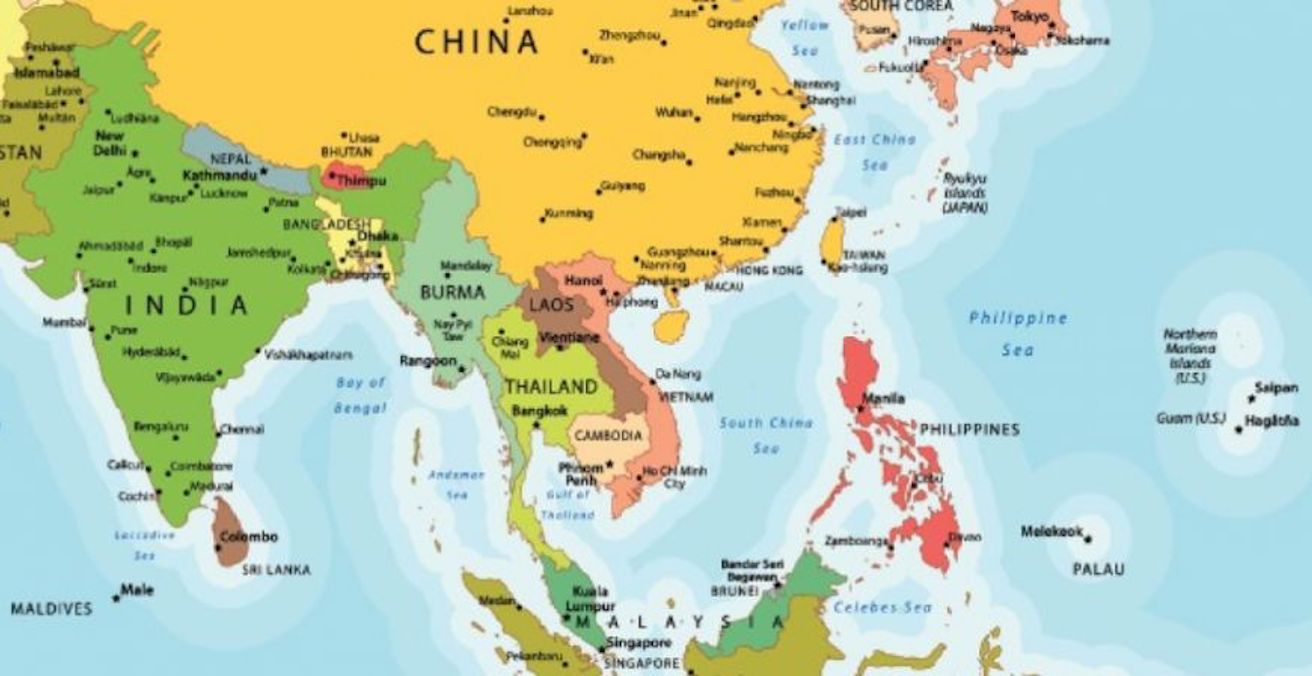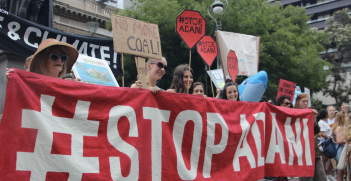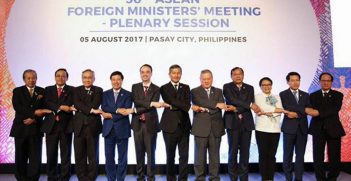India in Asia: ASEAN, Japan and the Right Balance

India is taking steps to become a more visible player across the entire Indo-Pacific, extending from the maritime space to the west all the way to the east, both through involvement in Asia’s most central regional institutions and deepened ties with Japan.
India’s ‘Look East’ policy of the 1990s declared a priority to strengthen ties with Southeast and East Asia. India has been a member of the ASEAN Regional Forum since 1994, and became a founding member of the East Asia Summit (EAS) in 2005. In 2014, the Indian government amped up that policy to ‘Act East’, in a shift announced by Modi in remarks during the East Asia Summit held in Nay Pi Daw, Myanmar.
The shift from ‘look’ to ‘act’ signals a larger ambition and desire for greater prominence across the larger Asia-Pacific space—surely in the context of India’s expanding trade across the Asia-Pacific, but also with a view toward establishing itself as a more visible presence at a time when China has accelerated its own visibility in South Asia.
India’s stretched diplomatic service appointed a full-time ambassador to ASEAN in 2014 to represent itself more vigorously. Former Singaporean Prime Minister Goh Chok Tong spoke of India as one of “two wings” on a jumbo jet (the other being China), in a vivid metaphor illustrating how ASEAN viewed the quest for regional balance and India’s importance to it.
With its ASEAN ties as one pole, India has assiduously worked to strengthen its relationship with Japan—a Chanakyan move, given the complex ties New Delhi and Tokyo face with Beijing. In 2000, India and Japan declared a ‘Global Partnership’ to represent their relationship, which expanded in 2006 to a ‘Strategic and Global Partnership’. In 2014, the term for their bilateral ties received a further filip, becoming a ‘Special Strategic and Global Partnership’ during Modi’s visit to Tokyo.
Japan is a major development partner for India, using the strength of its development agencies and state-owned enterprises to pledge a USD$35 billion (AUD$44.7 billion) investment in projects in India over five years. Japanese companies have long been involved in India, very successfully, with examples like Suzuki that led the way in subcompact auto production in the 1980s.
India has ongoing defence consultations with Japan, and Japan has joined the MALABAR naval joint exercise between India and the United States. A US-Japan-India trilateral consultation began in 2011. With Japan as its special partner in the pursuit of a Security Council seat, in economic development, and in rethinking the space of strategic and global action across all of Asia, India signals its ambitions to rise as a peer, among the world’s top economies and one committed to democracy.
India was a core member of the Asia-wide Conference on Interaction and Confidence Building Measures in Asia (CICA) upon its founding in 1992, an organisation first proposed by Kazakhstan. CICA encompasses multiple regions that otherwise have not had a consolidated regional platform. CICA members span Central Asia, Russia, the Gulf, China, Mongolia and Korea in East Asia; Cambodia, Thailand, Vietnam; and also Turkey, Iran, Israel and Azerbaijan.
India leads two of CICA’s confidence-building measures, those focused on transport and energy security, and seconded a diplomat to the CICA secretariat beginning in 2007. With the Chinese government’s assumption of the chair in 2014, Beijing declared its desire for CICA to serve as a ‘security governance model with Asian features’.
Here we see an example, like the Asian Infrastructure Investment Bank (AIIB) and the New Development Bank (NDB), where India has made common cause with China and other regional partners to create alternative institutions. Expect to hear more about this organisation in the coming years.
So, too, with the Shanghai Cooperation Organization (SCO), founded in 1996. The SCO comprises China, Russia, Kazakhstan, Kyrgyzstan, Tajikistan and Uzbekistan. As a geographic grouping focused on Eurasia, it has emphasised security, counterterrorism, counternarcotics, and economic cooperation. India became an observer in 2005, and in 2015 it—along with Pakistan—received the nod for membership. Formal induction took place in 2017.
The CICA and SCO involvement place India within groups that have a more security-focused agenda than ASEAN provides, not to mention a geographic span that includes Central Asia (a region that India sees as part of its historic sphere of connectivity) to India’s northwest. The extent to which CICA and SCO provide for coordination or collective action is not yet clear—they may fail to ever do much—but the BRICS example suggests that they are worth tracking. India certainly is.
Of course, the quickened tempo of Indian involvement in the Asia-Pacific has dovetailed nicely with US interests in Asia, particularly Washington’s preference to see a stable balance of power across the region. A more active and involved India has more to say about developments across the whole geography, and has strengthened its consultations with the United States, with Japan as noted, and with Australia on Asia-wide matters.
Alyssa Ayres is senior fellow at the Council on Foreign Relations (CFR) for India, Pakistan, and South Asia. In 2015, she served as the project director for the CFR Independent Task Force on US-India Relations.
This is an extract from Alyssa Ayres’ new book ‘Our Time Has Come: How India is Making Its Place in the World’. Copyright 2018 by Oxford University Press and published by Oxford University Press. It is republished with permission.
Alyssa Ayres will speak at the launch of ‘Our Time has Come’ at an event co-hosted by AIIA for WA and the Perth USAsia Centre on 26 February 2018. Register here.





